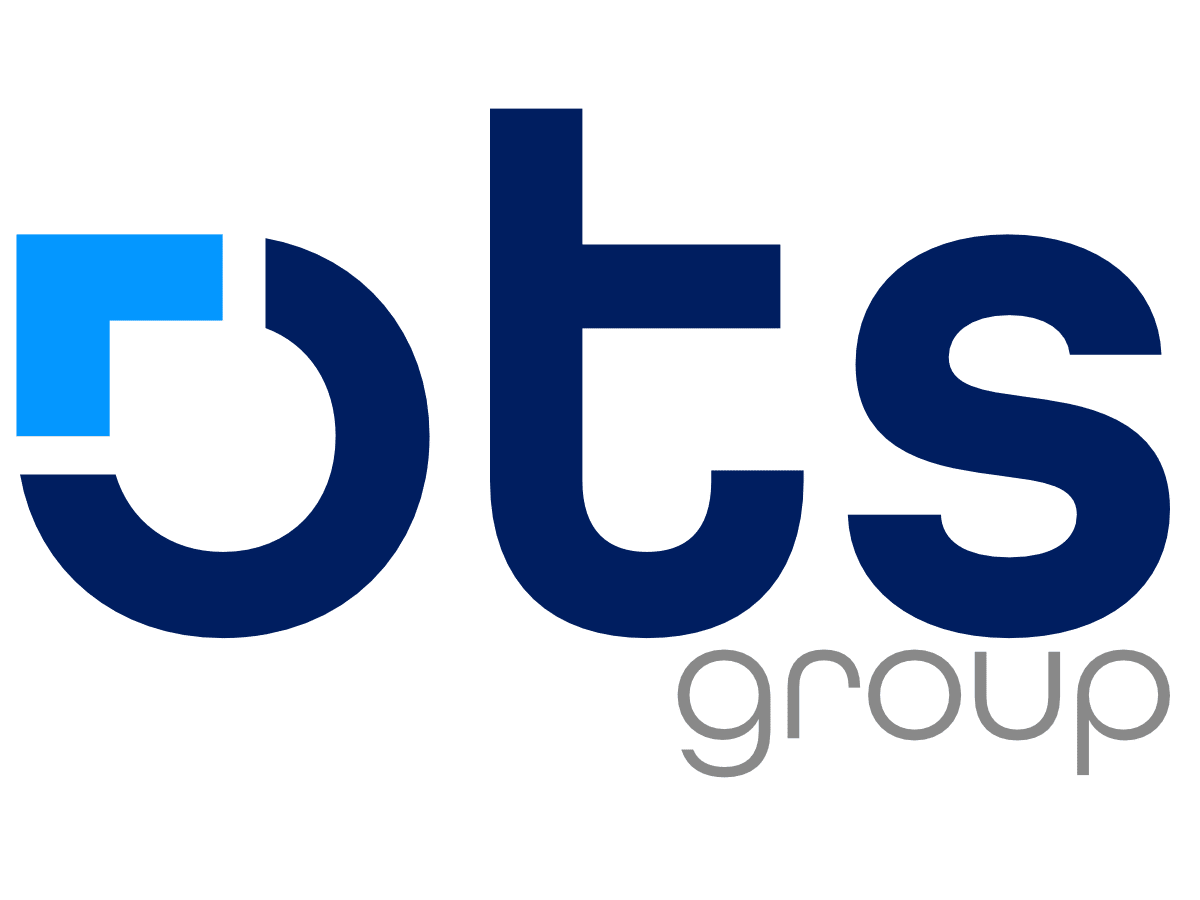Brand activations are a powerful way to engage customers, build brand loyalty, and drive conversions. But how can businesses measure the success of these activations beyond just attendance numbers and social media buzz?
The answer lies in tracking the right return on investment (ROI) metrics—from lead generation to sales conversion rates. In this article, we break down how companies can effectively measure the impact of their activations and ensure they are delivering real value.
Why Measuring ROI in Brand Activations Matters
Brand activations are often seen as an awareness-building strategy, but they should also be measured in terms of tangible business outcomes.
- Justifying marketing spend: Activations require significant investment in logistics, staff, and promotional materials. Measuring ROI helps brands determine if the cost was worth the outcome.
- Optimizing future events: Tracking the right metrics helps brands refine their activation strategies for better results.
- Proving value to stakeholders: Whether it’s executive teams, sponsors, or investors, having clear data on activation success is essential for securing future budgets.
Key Metrics for Measuring Brand Activation ROI
A successful activation goes beyond just brand awareness—it generates measurable engagement, leads, and sales. Here are the most critical KPIs to track:
1. Event Engagement Metrics
Understanding how participants interact with your activation is the first step in measuring success.
- Foot Traffic: The number of people who visited the activation area.
- Dwell Time: How long attendees spent engaging with the activation.
- Participation Rate: The percentage of event attendees who took part in the activation.
- Repeat Engagement: How many attendees returned to the activation area multiple times.
These metrics provide a baseline for understanding overall interest in the activation.
2. Lead Generation & Customer Data Capture
Brand activations should always include a system for capturing customer data—whether through QR codes, RFID wristbands, digital sign-ups, or lead forms.
- Number of Leads Captured: How many people provided their contact details for follow-ups.
- Lead Quality: The percentage of leads that match your ideal customer profile.
- Opt-Ins for Further Engagement: How many attendees agreed to receive follow-up emails, offers, or product demos.
Brands that integrate CRM tools or digital tracking at activations can significantly improve lead capture efficiency.
3. Social Media & Digital Amplification
Brand activations don’t just exist at the event—they should create a ripple effect online.
- Hashtag Engagement: How many posts and interactions were generated using branded event hashtags.
- Social Shares & Mentions: The number of times attendees shared their activation experience.
- Video Views & Livestream Engagement: If the event was live-streamed, how many people watched and interacted with the content.
- Influencer & UGC Impact: Did the activation generate organic content from attendees and influencers?
Integrating digital activations—such as augmented reality (AR), live streaming, or interactive challenges—can extend the activation’s reach beyond physical attendees.
4. Sales & Conversion Metrics
Ultimately, brand activations should drive purchasing decisions. Tracking conversions directly linked to the event is crucial.
- On-Site Sales: The number of purchases made during the activation.
- Promo Code Redemptions: Tracking special offers provided at the activation.
- Test Ride-to-Purchase Ratio: In industries like powersports, measuring how many test rides result in a purchase.
- Follow-Up Conversion Rates: How many activation leads convert into paying customers within 30, 60, or 90 days.
These metrics are critical for brands that integrate sales teams into their activations, ensuring they capitalize on high-intent customer interactions.
5. Customer Sentiment & Brand Perception
Beyond numbers, brand activations should leave a lasting impression on customers.
- Net Promoter Score (NPS): How likely are attendees to recommend the brand after the activation?
- Surveys & Feedback: What did attendees enjoy most? What could be improved?
- Brand Sentiment Analysis: Using AI-driven tools to analyze customer feedback on social media.
Understanding sentiment helps brands refine their messaging and ensure future activations align with customer expectations.
How OTS Group Help Brands Track ROI
Measuring activation success requires the right tools, technology, and expertise. OTS Group play a key role in helping brands maximize and track ROI by:
- Providing real-time analytics tools for data capture and reporting.
- Integrating CRM & lead tracking systems into activations for better follow-up.
- Training activation teams in sales conversion to ensure leads don’t go cold.
- Offering post-event reporting & insights to refine future activations.
By working with logistics and activation specialists, brands can ensure their marketing investments lead to tangible business results.
Final Thoughts: Proving the Value of Brand Activations
Brand activations are no longer just about creating buzz—they need to deliver measurable impact. Companies that track the right metrics can justify their marketing spend, improve future activations, and ensure real business outcomes.
From engagement and lead generation to social media reach and direct sales, the key to success lies in tracking, analyzing, and optimizing each activation.
As the world of experiential marketing continues to grow, brands that focus on data-driven activation strategies will lead the way in customer engagement and long-term loyalty.


